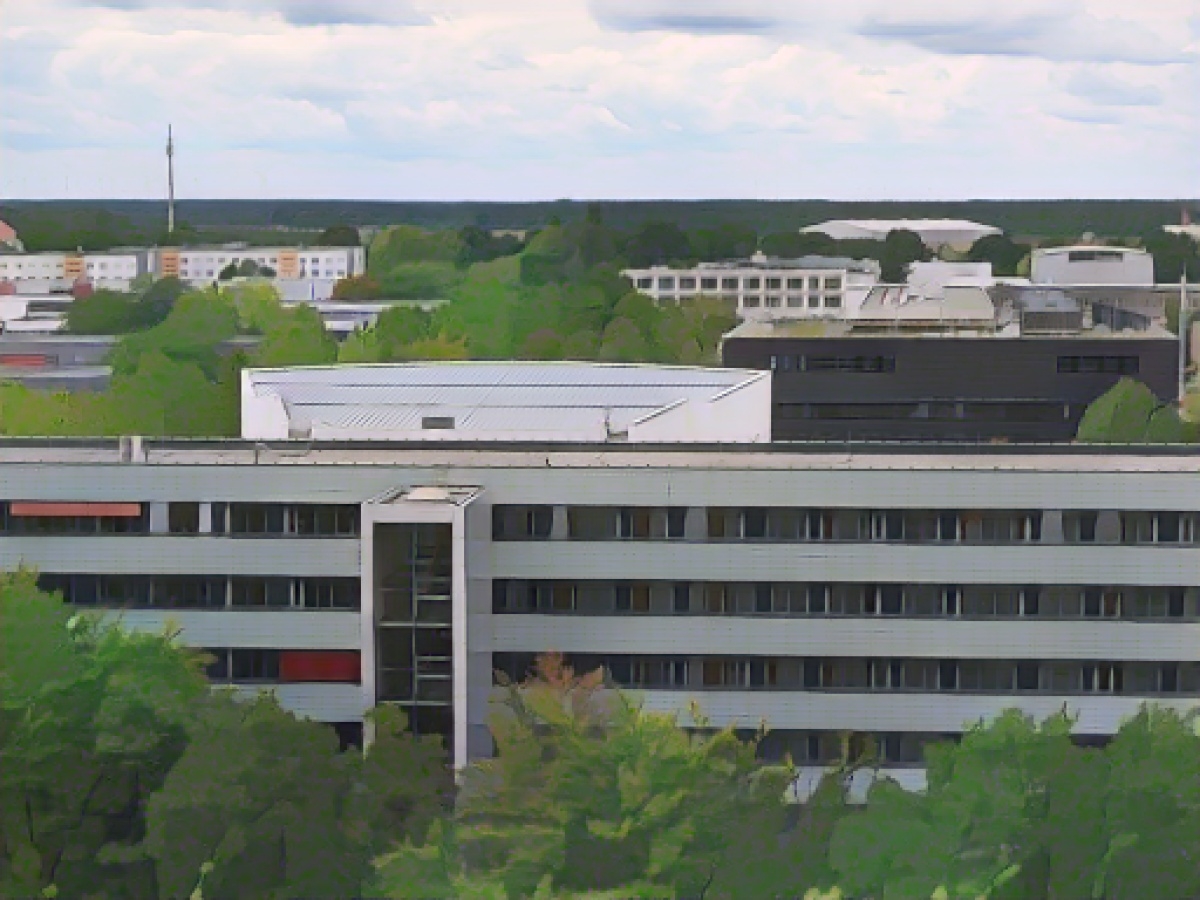Is structural change making progress? Scientists discuss
Scientists believe that structural change in the lignite mining regions is on the right track, but are calling for a rethink from politicians in light of the ageing population. "Demographic change is a real game changer in the mining areas," said Stefan Zundel, Professor of Economics at BTU Cottbus-Senftenberg, on Friday. It is no longer about bringing more jobs to the regions.
"Now it's about being able to fill qualified positions and keeping staff in the region," explained Zundel. At the Brandenburg University of Technology Cottbus-Senftenberg, scientists took stock three years after the decision to phase out coal and discussed the prospects for the lignite mining regions.
How far has the change in the coalfields come after three years? "If structural change is a marathon, we've covered about six kilometers," said researcher Johannes Staemmler, also Head of the Department of Structural Change at BTU Cottbus-Senftenberg.
Politicians must finally put on "spatial glasses" and consider how the individual regions can be developed attractively, Anika Noack from the Federal Institute for Research on Building, Urban Affairs and Spatial Development told dpa. Attracting skilled workers is an important issue, but attractive living conditions such as a digital and social infrastructure are also needed to attract people to the regions.
The conference also dealt with the acceptance of structural change in the mining areas. According to Mirko Titze from the Leibniz Institute for Economic Research Halle (IWH), funding processes need to be better documented. It is important to make the flow of funding transparent - for example, where it is spent and what happens to it.
The scientists also see a certain "transformation fatigue" among the population of the affected lignite regions, such as Lusatia. Acceptance of structural change does not always depend on large-scale projects, said Anika Noack from the Federal Institute for Spatial Research. Smaller local projects have a concrete impact and create a bond with citizens.
According to scientist Titze from the Leibniz Institute in Halle, a lot of money has been invested in a short space of time, which opens up opportunities. The last person in Lusatia should also see this as a positive, he made clear. "I think it's wrong to demonize what can actually be associated with so much optimism."
The discussion about the progress of structural change in mining regions also touches upon the impact of climate change. Scientists emphasize the need for mining regions to transition towards renewable energy sources to mitigate carbon emissions.
Furthermore, the transformation of lignite mining regions can also stimulate innovations in the field of science, particularly in the field of energy. For instance, research and development in advanced climate modeling and clean energy technologies could flourish in these regions, providing new job opportunities.
Source: www.dpa.com








